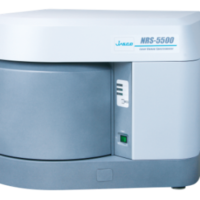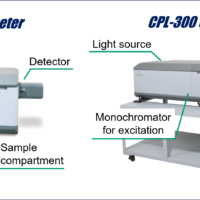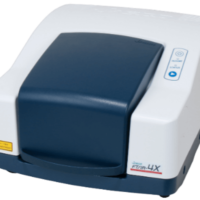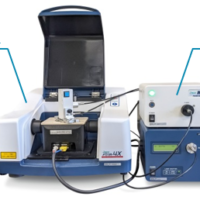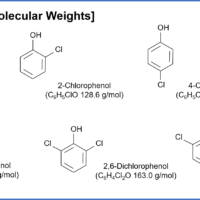Hayabusa 2 is the successor to the first asteroid explorer, Hayabusa, which visited the asteroid “Itokawa” and returned with samples in 2010. In 2020, Hayabusa 2 completed the first part of its mission to touch down and retrieve samples from the C-type asteroid “Ryugu” in order to improve our understanding of the raw materials that led to the origins of the solar system and the evolution of life on Earth.
Ryugu is a more primitive celestial body than the S-type asteroid Itokawa. It is thought to contain more organic compounds and hydrous minerals even though it is a similar rocky asteroid. It is believed that the minerals that make up the earth, the water of the sea, and the basic precursors to life had a close relationship in the primitive solar nebula at the beginning of the solar system.
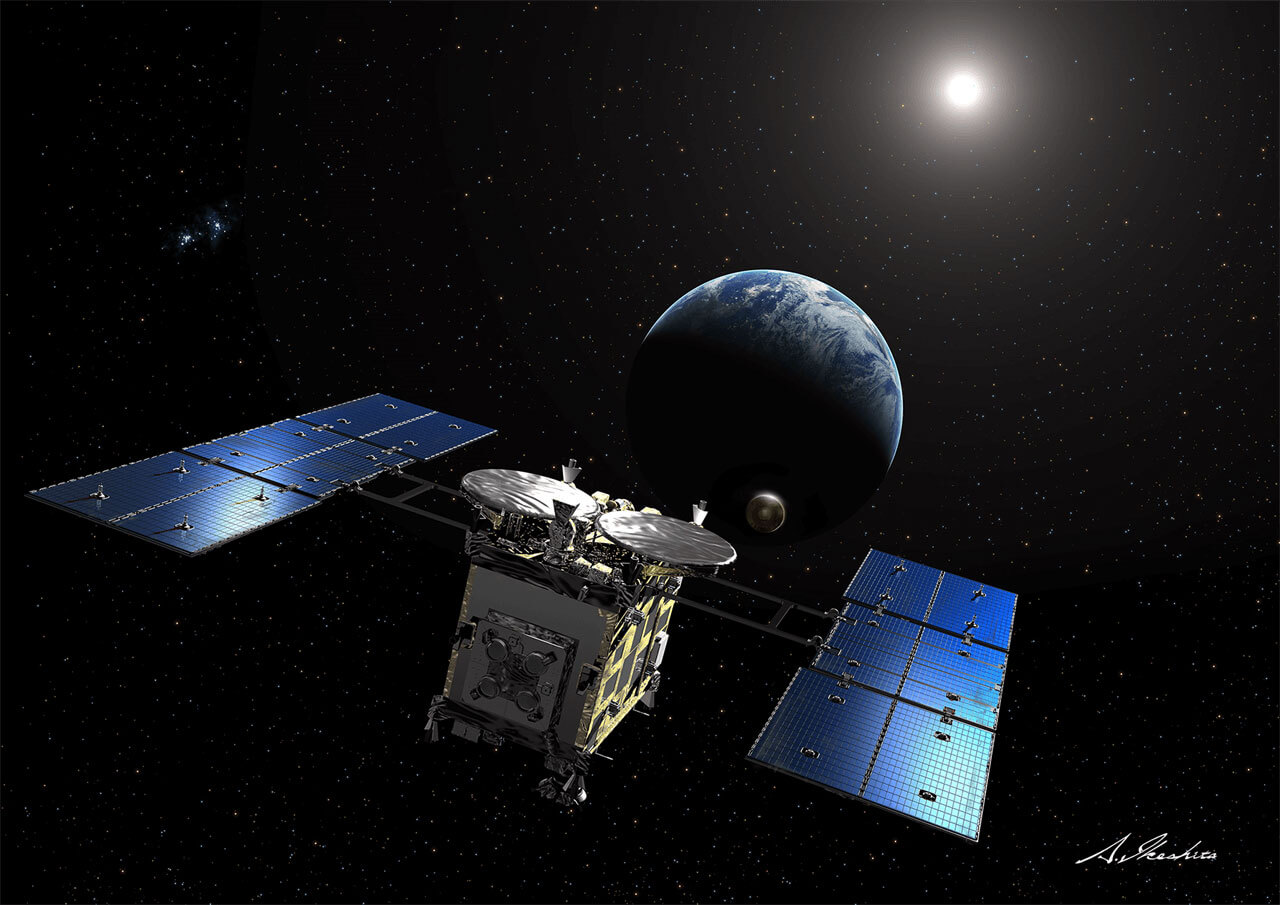
©Akihiro Ikeshita
[Update : 24th February 2023]
According to the press release announcement from The Japan Aerospace Exploration Agency (JAXA) on 24th February, the results from their Analysis Team’s “Initial Analysis Organic Macromolecule Team” have been published in the American scientific Journal “Science”, on February 24, 2023 (JST).
Press Release from JAXA
We are honor that our FT-IR microscope system FT/IR-6100 w/ IRT-5200 have contributed to analyze those sample in the part of this analysis project.
Paper title:Macromolecular organic matter in samples of the asteroid (162173) Ryugu
Journal:Science
DOI:10.1126/science.abn9057
[Update : December 2021]
As one of the companies cooperating with the project, we received a letter of appreciation from the Japan Aerospace Exploration Agency (JAXA) Hayabusa2 project in December 2021 for our contribution to sample analysis.
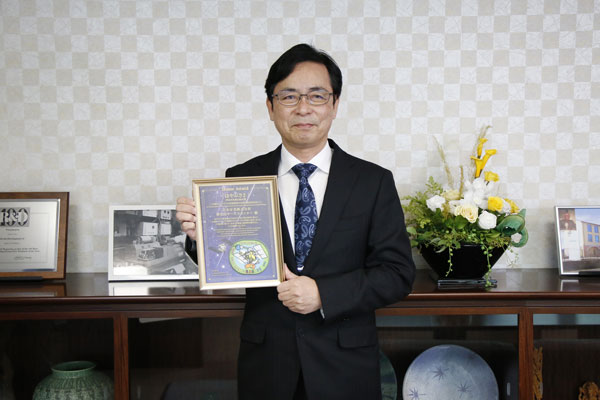
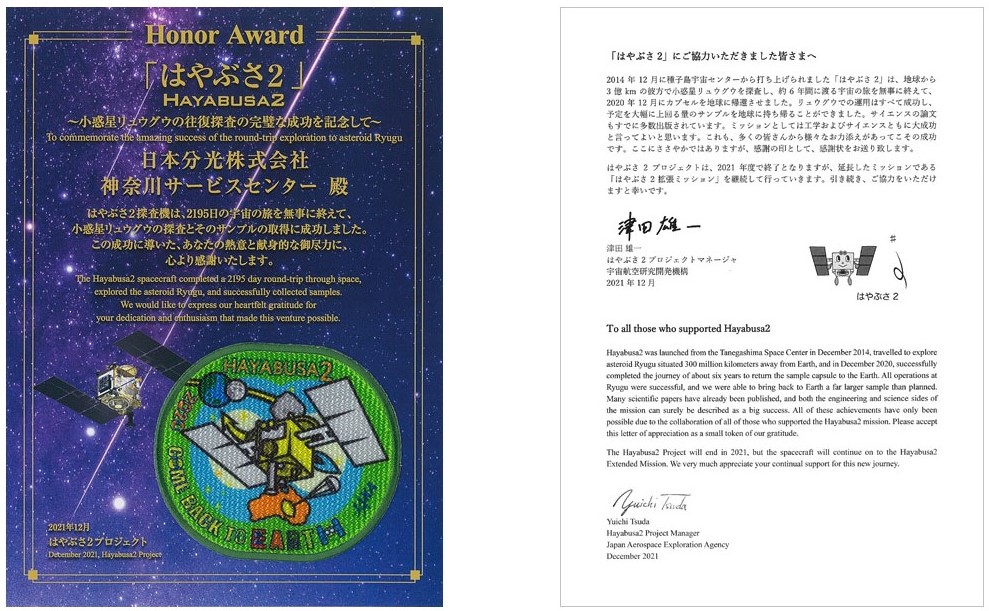
[HAYABUSA 2 project : January 2020]
Ryugu is a more primitive celestial body than the S-type asteroid Itokawa, and is thought to contain more organic compounds and hydrous minerals even though it is a similar rocky asteroid. It is believed that the minerals that make up the earth, the water of the sea, and the basic precursors to life had a close relationship in the primitive solar nebula at the beginning of the solar system.
Analysis of these unique samples will provide more knowledge about organic substances and water present in the small corner of space that is our solar system. This might be a key to help understand how these fundamental materials coexisted and interacted, helping us understand more about the origins of life.
It is truly an honor for the JASCO Group to be involved in this magnificent mission. We will continue to make contributions for the next generation using our advanced technologies.
Visit our KnowledgeBase to learn more:
Paper title:Preliminary analysis of the Hayabusa2 samples returned from C-type asteroid Ryugu
Journal:Nature Astronomy
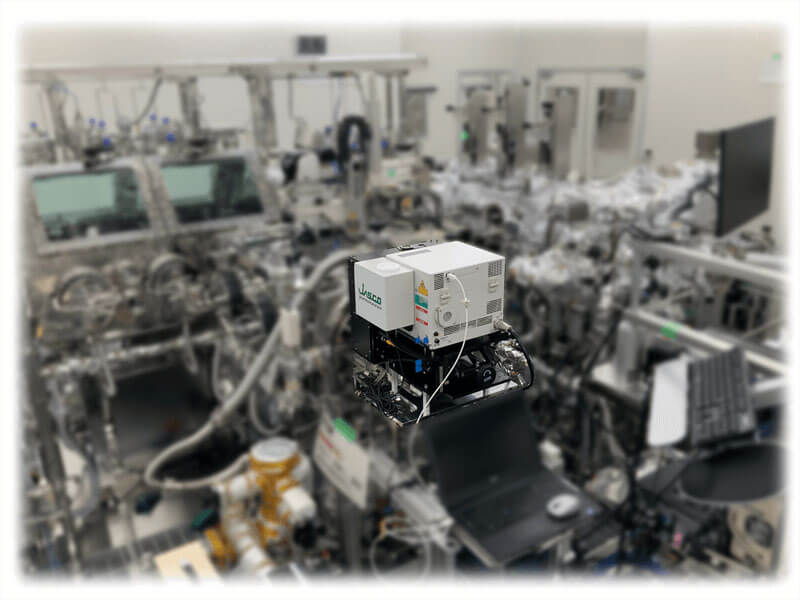
Astromaterials Science Research Group
Extraterrestrial Sample Curation Center (ESCuC)
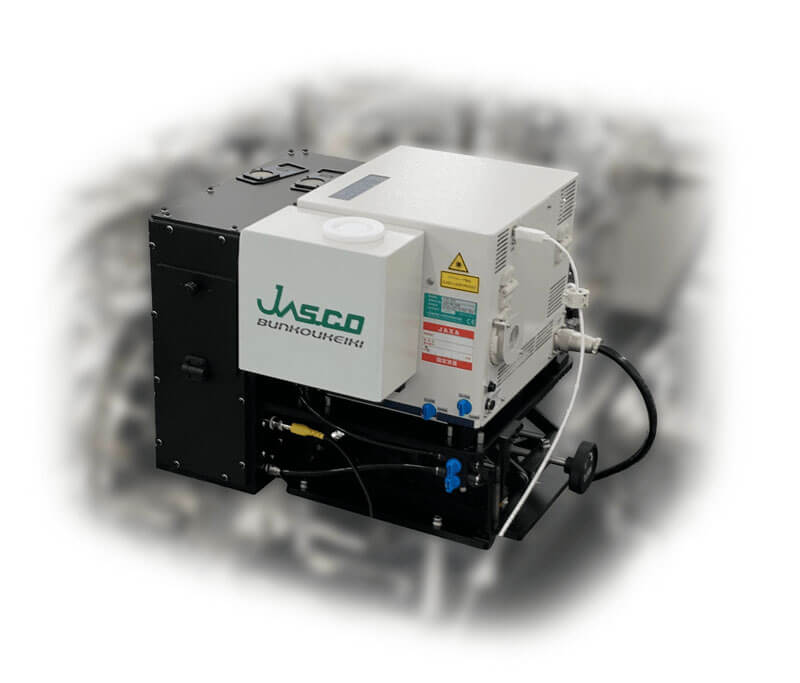
JASCO FTIR VIR-300


